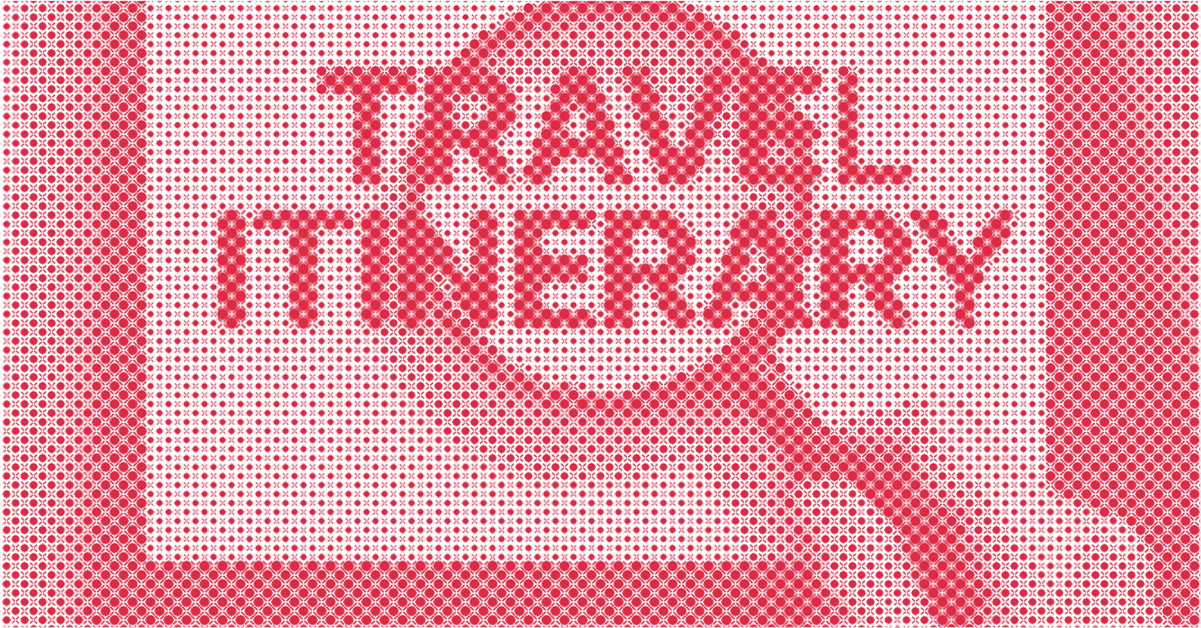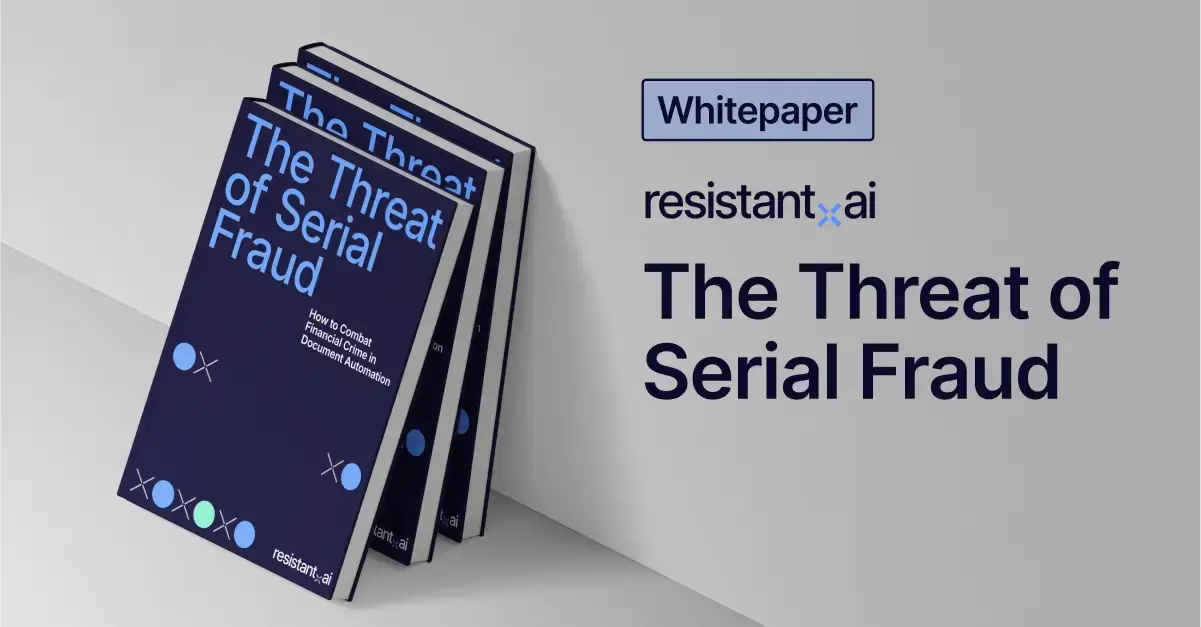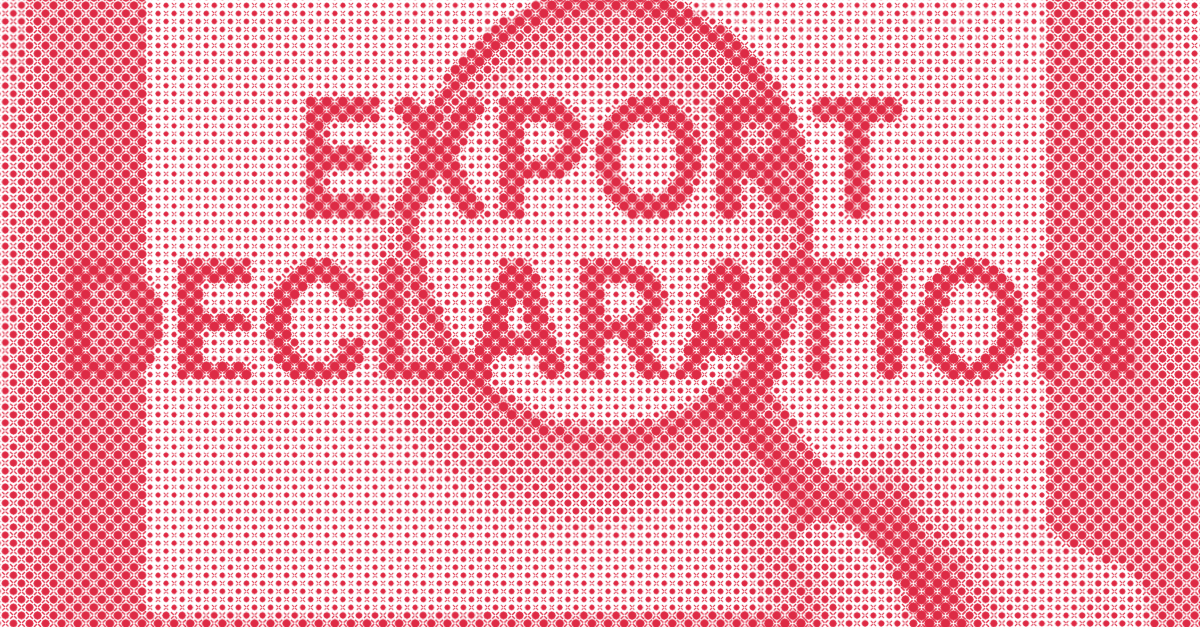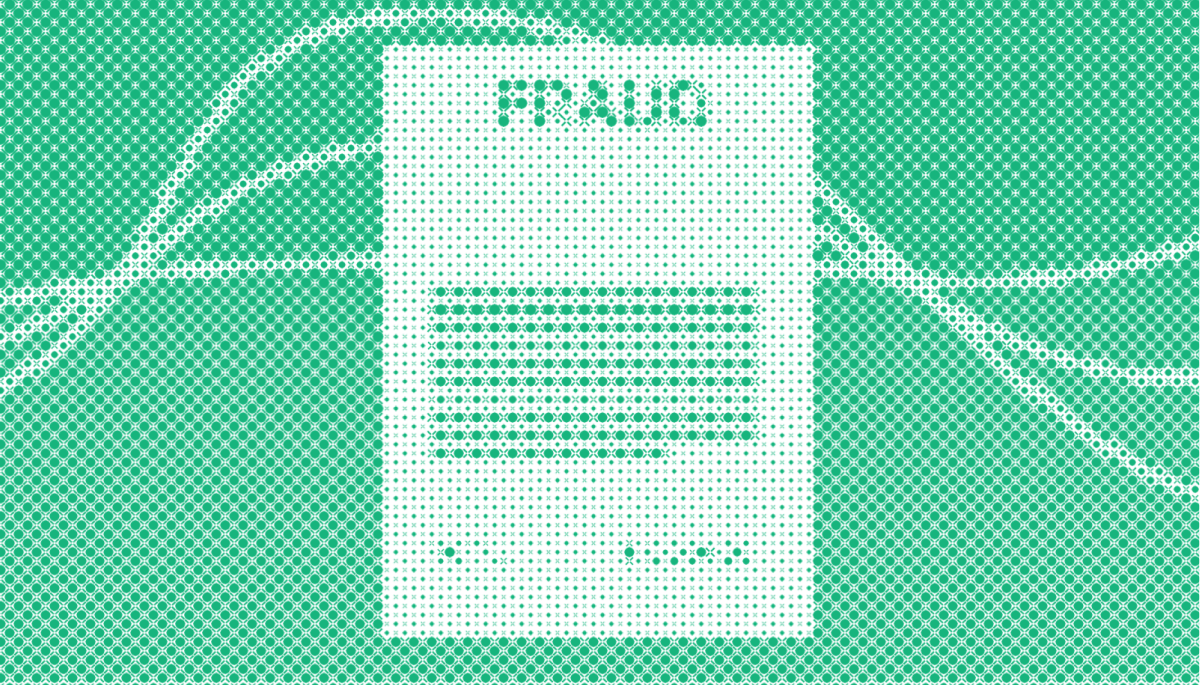
You might be interested in










Spotting a fake travel itinerary in 2025 is harder than ever. Sophisticated forgery tools and AI-generated documents make fakes nearly indistinguishable for insurance underwriters and risk teams.
But it’s not just insurance agencies. This is a critical document for any organization that relies on proof of travel verification.
A travel itinerary details the plan of a trip, outlining flights, accommodations, and other reservations. It serves as crucial evidence for visa applications, corporate expense reports, and proof of onward travel, making its authenticity paramount.
A convincing travel itinerary scam can expose an organization to significant compliance, financial, and legal risks. With travel itinerary fraud on the rise, is your system secure?
Read on to learn what travel itineraries are, how they're being forged, how to spot a fake, and how AI-powered tools can help.
Check out our “how to spot fake documents” blog to learn about more common document forgeries.
A travel itinerary is a document that confirms a traveler's arrangements, issued by a travel agency, airline, or hotel booking platform. Travellers use it to keep track of their accommodations, flights, and any other tours/events taking place during their trip.
Key elements of a travel itinerary include:
These details together confirm a traveler’s intended movement, validate reservations, and serve as official proof of their plans.
An example of a travel itinerary (only flight confirmation) for illustrative purposes only
Travel itineraries are used across industries to confirm the legitimacy of a traveler’s plans. A valid itinerary can confirm that flights were booked, hotels were reserved, and transportation was planned, all of which help verify a person’s whereabouts, intent, or financial claims.
Here's how travel itineraries are used for document verification across specific industries:
Because it contains verifiable, third-party-issued data, the travel itinerary is often a highly trusted document for critical decision-making.
If you’d like to know how fraudsters are creating all these fake travel itineraries, check out our “Types of fraud” blog to learn more about their tactics.
Our Threat Intelligence Unit collects data about template farms which make and distribute fake document templates for fraudulent purposes.
Below, you'll find an infographic containing data about fake travel itinerary templates templates, their availability, their distributors, and how much it costs to buy one
Travel itineraries belong to our "travel documents" data set which also contains documents like flight tickets and hotel confirmations from companies like Booking.com and Airbnb.
Detecting a fake travel itinerary manually requires a sharp eye and familiarity with real-world red flags. While certain fraud techniques can be undetectable to the human eye, some fraudsters make subtle mistakes that can be clear giveaways for fraud.
We recommend always using an AI-powered, automated document fraud detection software. However, if you’re still doing reviews manually, here’s what to watch for:
A professionally issued document from a global distribution system (GDS) or major booking platform has a consistent, clean layout. Scammers using basic editing software often miss these details.
Fraudsters can invent details, but they are often logically flawed or easily disproven with a quick search.
The financial details of a forged itinerary often don't add up correctly, as fraudsters may not understand complex fare calculations.
Differing information within the itinerary itself that a real booking system would not allow.
The digital fingerprint of a file can reveal more than its contents. Scammers often use common software, leaving a trail.
Disclaimer: As fraud evolves from simple image editing to programmatic document generation, relying on manual fraud detection alone is no longer a viable defense. Scammers can now create itinerary forgeries that look perfect at scale, making it impossible to manually verify every data point without exposing your organization to risk.
Compliance officers, visa agents, or onboarding teams can verify travel itineraries through manual research and third-party validation. But not all verification methods are created equal. The alternative is to begin to verify your travel itineraries automatically.
While manual verification methods are slow and prone to human error, automated document verification (especially when powered by AI) reduces evaluation time while decreasing false positives and successful fraud attempts.
That being said, many fraud professionals are still relying on manual verification in 2025. If you’re one of those businesses, we highly recommend an upgrade. Still, here’s some tips to keep in mind for all you manual reviewers!
Start by comparing your document against the red flags we mentioned above, then turn to these resources for help with verification:
Keep in mind: These manual methods are extremely time-consuming and don't scale. Calling an airline for every travel insurance claim is operationally impossible. Institutions turn to other options, like sampling (using a smaller, representative data set to assess fraud at scale) or turning to other signals, however these also have limitations and can’t compete with the comprehensive benefits of AI detection.
Fraudsters use GenAI and advanced editing tools to generate convincing fakes at scale. Using AI to fight itinerary fraud is the only way to stay ahead. Solutions like ours at Resistant AI boost operational efficiency and are incredibly adaptable to your unique risk appetite.
Benefits of AI in spotting travel itinerary scams include:
While automation and AI are often talked about in the same breath, they aren’t always the equal in the itinerary fraud detection space. Many businesses still rely on stale, inflexible, rules-based automations that only address part of the problem.
Automation is a step, but it isn't the solution. An automated script could be programmed to check if the "PNR" field is filled, but it can't determine if the PNR is logically valid or if it matches the traveler's name. It can flag if a date is in the past but can’t tell you that the specified airline doesn't even own the type of plane required for that trans-oceanic route.
AI, however, can analyze millions of documents to understand context. It recognizes the distinct layout of a genuine American Airlines itinerary versus a fraudulent one. AI can cross-reference multiple data points simultaneously, flagging that while the PNR format is correct, it doesn't align with the flight number and travel date provided. It adapts as fraudsters create new forgery templates, providing a defense that evolves with the threat.
As travel itinerary fraud becomes more advanced, organizations can no longer afford the risk of manual-only reviews.
A single missed fake travel itinerary in a visa or claims process can lead to severe compliance penalties and financial losses.
The only scalable and reliable path forward is leveraging artificial intelligence. Resistant AI can learn from your dataset, adapt to your most dangerous threats and internal risk appetites, working with any genuine travel documents from around the world.
Secure your travel verifications from document fraud.
Scroll down to book a demo.
Hungry for more fake travel itinerary content? Here are some of the most frequently asked fake travel itinerary questions from around the web.
While some applicants attempt to use a fake travel itinerary or ticket for a visa, it is considered fraud and is a common reason for visa denial. Consulates are increasingly using advanced tools and checks to verify the authenticity of submitted documents.
Some airlines and specialized travel services offer ticket rental services, where you can pay a small fee to hold a reservation for 24-48 hours. This generates a valid PNR and itinerary that can be used for visa or immigration purposes, and the booking is canceled automatically. This is a legitimate alternative to creating a fraudulent document.
AI analyzes a fake travel itinerary on multiple levels. It uses computer vision to detect pixel inconsistencies and formatting errors, performs cross-field validation to check for logical contradictions (like invalid flight routes), and inspects file metadata for signs of digital tampering. It compares the document's layout against a massive library of authentic templates to spot deviations.
These documents represent different stages of the travel process.
Travel Itinerary: Official document or summary that outlines a traveler’s planned trip detail
E-Ticket (electronic ticket): Digital record issued by an airline or travel provider that confirms a passenger’s reservation and entitles them to travel on a specific flight or route.
Boarding Pass: Grants a passenger permission to enter the secured area of an airport and board their assigned flight.
Yes. Specialized document fraud detection software from vendors like Resistant AI is designed to automatically analyze and verify travel itineraries and other documents at scale, providing a real-time assessment of their authenticity.
Screening travel itineraries for authenticity is critical in several industries and roles where fraud or regulatory risk is high. Here are five key professionals who regularly need to verify travel itineraries:
Yes. Creating and knowingly using a fake travel itinerary to deceive an organization or government entity is illegal. Depending on the context, it can constitute visa fraud, wire fraud, or insurance fraud. In the United States, for example, visa fraud is a federal crime that can result in hefty fines, imprisonment, and a permanent ban on entering the country.


